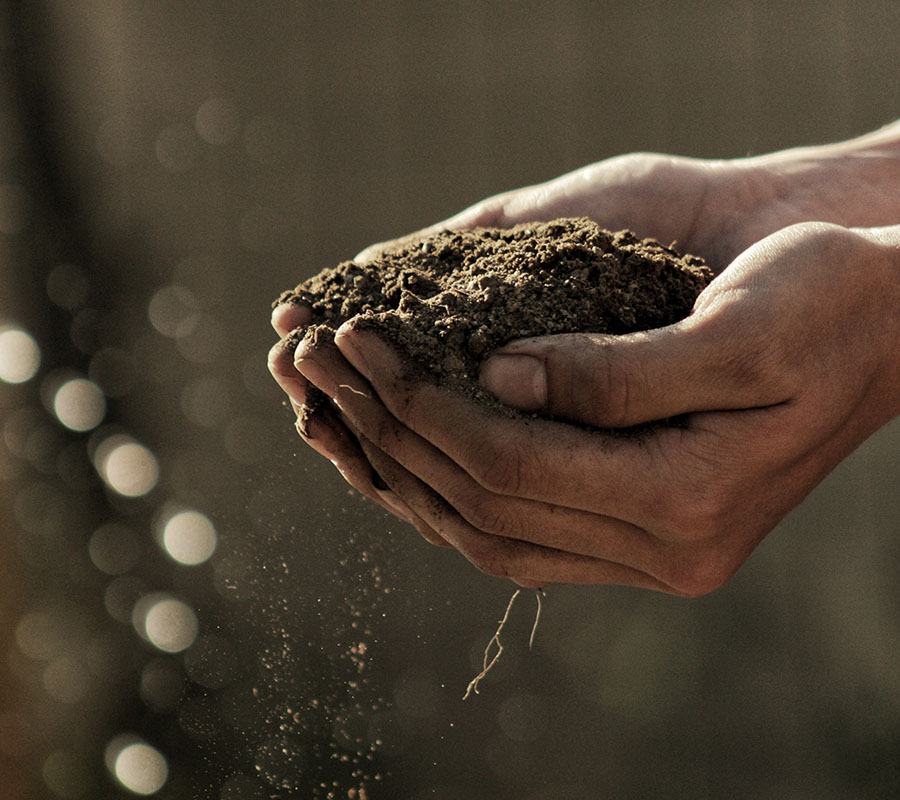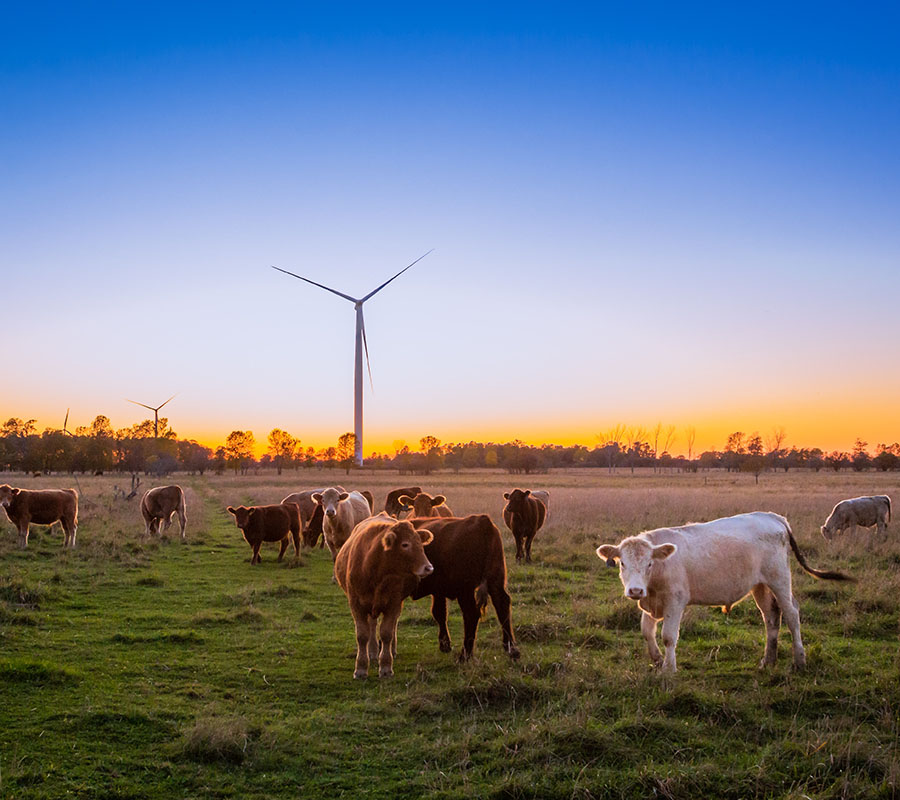
Agricultural Solutions to Climate Change: Findings from the Manitoba Agricultural Climate Initiative
Explores how climate change affects agriculture in Manitoba, farmers’ priorities for managing these changes, and provides ideas for mitigation.

Farmers and ranchers are the largest private landowner group in Canada, managing about 8% of our lands. In addition to providing food for much of the Canadian population, farmland can benefit ecosystems through carbon sequestration, water filtration, and by providing habitats for many species.
Carbon captured by plants is primarily stored in root systems and soils. This means that activities like breaking the ground for agricultural purposes release greenhouse gases. The agriculture sector in Canada is responsible for 12% of GHG emissions, not including carbon that is released from soils when land is disrupted or converted.
Engaging farmers, ranchers, and Indigenous peoples in nature-based climate solutions can help prevent climate change and biodiversity loss while protecting those living on the land from the dangers of climate change, including extreme weather damage to crops and soil, and more frequent droughts and floods.

Protecting agricultural land can be a challenge: each year prime farmland is lost due to urban expansion.
Expert management and stewardship by producers that also take into account biodiversity and climate goals.
Farmers can restore natural features to both protect biodiversity and enhance capture and storage of carbon.
Adaptation measures to ensure the health of farms and ranchlands in face of the threats of climate change are critical.
Each year tens of thousands of hectares of prime farmland are lost due to urban expansion. Meanwhile, tens of thousands of acres of forests are felled and wetlands drained to create additional areas for growing crops.
It’s estimated that there are 356,000 hectares of wetlands on the prairies that are threatened by conversion to cropland. Improved protection of existing farmland, wetlands, and trees is crucial.


Each year tens of thousands of hectares of prime farmland are lost due to urban expansion. Meanwhile, tens of thousands of acres of forests are felled and wetlands drained to create additional areas for growing crops.
It’s estimated that there are 356,000 hectares of wetlands on the prairies that are threatened by conversion to cropland. Improved protection of existing farmland, wetlands, and trees is crucial.

Farmers and ranchers are experts at managing their lands for high outcomes. However, management should also take into account biodiversity and climate goals. Examples include:
Farmers can engage in a range of practices to restore agricultural land and enhance their role in capturing carbon. These practices include:


Farmers can engage in a range of practices to restore agricultural land and enhance their role in capturing carbon. These practices include:

Tens of thousands of families depend on farming for income, and millions of us rely on foods from farms.
Adaptation measures to ensure the health of farms and ranchlands in face of the threats of climate change are critical. They can include initiatives to improve soil carbon, maintain native vegetation, mitigate flood and drought and improve water quality, enhance sustainable food production, and adopt regenerative practices.
Examples
Check out these examples of ways that nature-based climate solutions are being used on farmland, from local neighbourhood level to nation-wide initiatives. They might help you to think of projects for your community!
Here are organizations that you can contact to learn more about nature-based climate solutions in agricultural landscapes.
Canada’s wilderness is the world’s envy. It’s our duty to keep our true north strong and green.
Donate